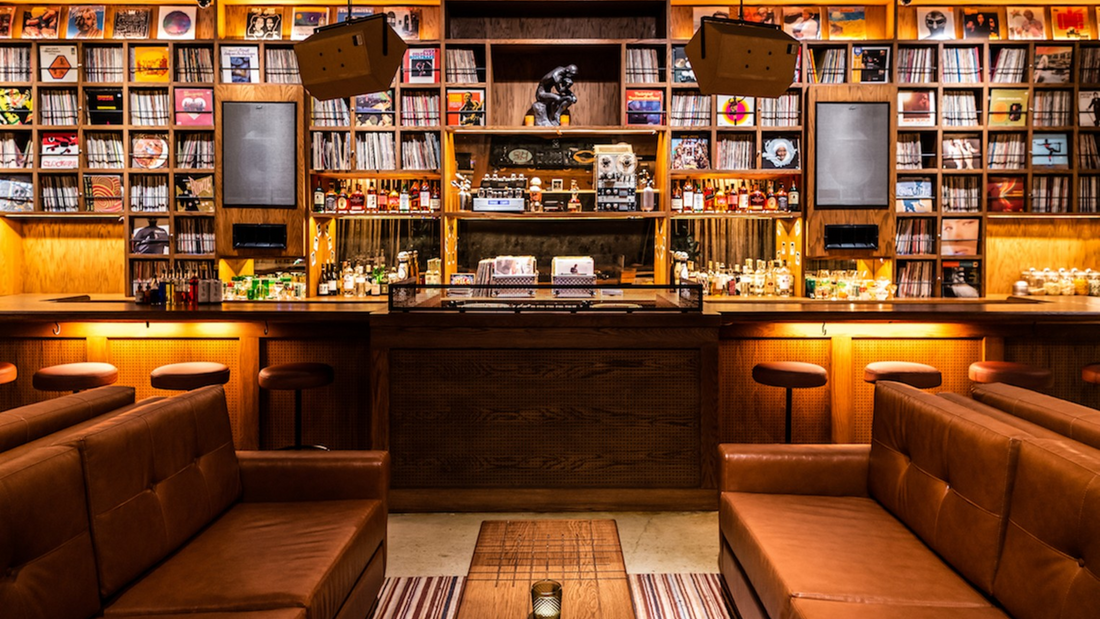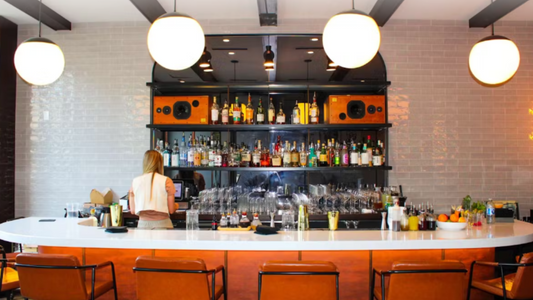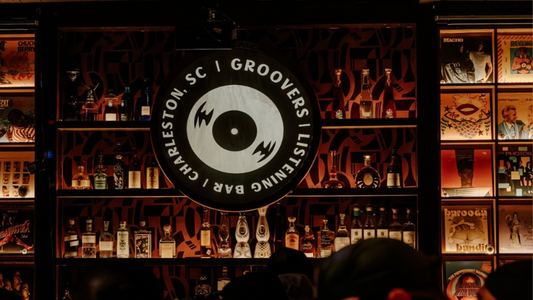
The Glow of the Valve: Why Tube Amplifiers Still Matter in the Listening Bar
Share
By Rafi Mercer
Step into a listening bar at night, and before you notice the bottles or the wood grain of the counter, your eye might catch a small, glowing detail. Behind the DJ, tucked neatly into the rack, valves pulse with an amber light. Tube amplifiers, once considered relics, remain central to the architecture of sound in these spaces. Their glow is both practical and symbolic. They warm the room not only with electricity but with presence.
In a world of digital precision, tubes offer something different. They breathe. They inflect sound with warmth, with subtle distortion that feels more human than mechanical. Where transistors and chips strive for perfection, valves lean into imperfection. They saturate, they colour, they bend frequencies just slightly. And in that slight bend, the music takes on body, depth, even intimacy.
Why does this matter in a listening bar? Because the whole premise of such a space is to restore weight to listening. When a stylus touches vinyl, when a record fills the room, the expectation is not accuracy alone but atmosphere. Tube amplifiers contribute to this atmosphere in ways that graphs and specifications can’t capture. They make the bass bloom gently, they give horns a rounded edge, they soften cymbals into shimmer rather than spike.
Consider Bar Martha in Tokyo or Oath in Shibuya, where valve-driven rigs power horn-loaded speakers. The sound does not just hit you. It enfolds you, like fabric brushed against the skin. Tube amplifiers turn listening into immersion, a subtle shift from hearing sound to feeling it. Their glow behind the bar is not decoration, it is a signal. This is not playback, this is presence.
The history of tubes adds to their weight. They were the backbone of hi-fi before transistors took over in the 1960s. Radios, early televisions, even the amplifiers that powered rock and jazz clubs all ran on valves. Think of Coltrane’s quartet, the Velvet Underground, Hendrix in full flight. Their sound was carried on the breath of glowing glass. When we choose tubes today, we are not chasing nostalgia but continuity. We are rejoining a lineage of sound.
At home, integrating a tube amplifier into your setup is less intimidating than it appears. Compact integrated amps from makers like Leben or Line Magnetic sit beautifully on a shelf, marrying analogue romance with modern reliability. Pair them with efficient speakers, and you will find yourself leaning back, not forward, as music unfolds. Tubes invite relaxation rather than inspection. They do not demand that you listen for flaws, they invite you to listen for feel.
One ritual worth noting is the warm-up. Tubes need time. When you flick the switch, they do not leap to life instantly. They glow gradually, reaching their full voice only after ten or fifteen minutes. This small delay is a gift. It forces patience, a pause before the record begins. Much like the ritual of the needle drop, the waiting becomes part of the listening.
Cinema has used this imagery too. In Jim Jarmusch’s Coffee and Cigarettes, Tom Waits and Iggy Pop sit in a café, trading half-sentences and silences. In the background, a tube amp hums faintly, glowing between drags of cigarettes. It is never addressed, never explained, yet it adds weight to the scene. A reminder that sound, even ambient, is always architecture.
Pair your tube ritual with whisky, and the resonance doubles. A pour of Glenfarclas, with its deep sherry tones, sits naturally alongside the rounded warmth of valves. The slight sweetness of the dram echoes the saturation of the amplifier. As the cube in the glass slowly melts, as the tubes glow brighter, both drink and sound open, breathe, and expand.
The point of the valve is not to outperform. It is to remind us that listening is more than measurement. In a listening bar, the glow of tubes signals that the night will be unhurried, that the music will not be sterile, that the sound will carry air and grain. At home, the same applies. A small hum, a little warmth under the hand, and suddenly even a familiar record feels alive again.
The next time you see that soft amber glow behind the bar, pause. Notice how it frames the room, how it anchors the sound. Tubes are not there to impress, they are there to breathe. And breathing is what music, and listening, have always required.
Rafi Mercer writes about the spaces where music matters. For more stories from Tracks & Tales, subscribe here, or click here to read more.






